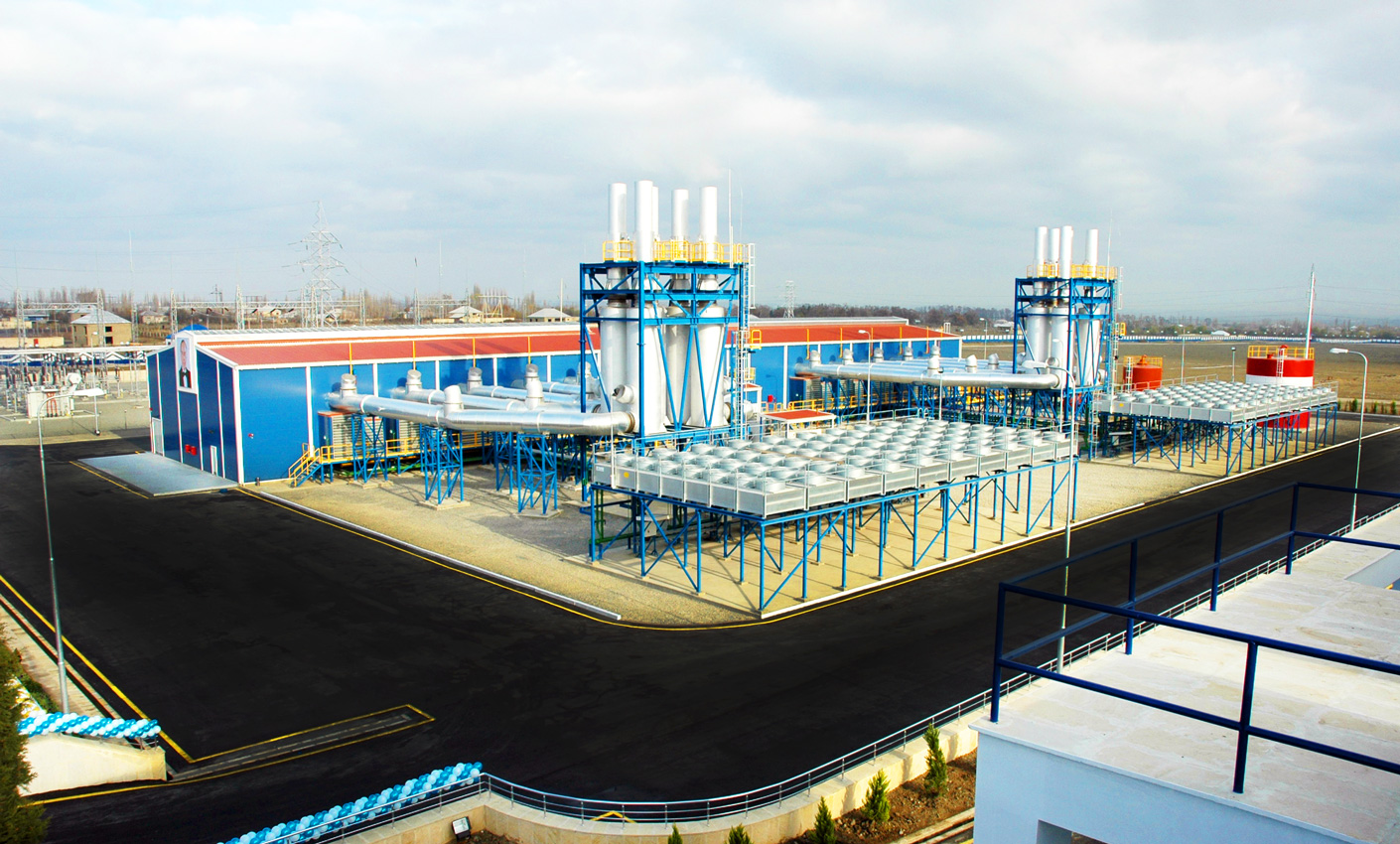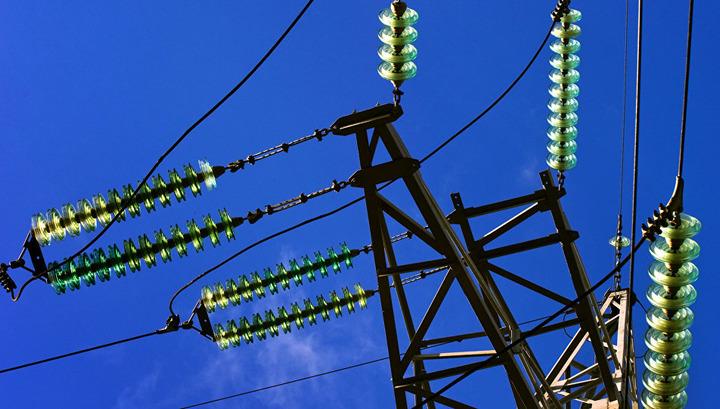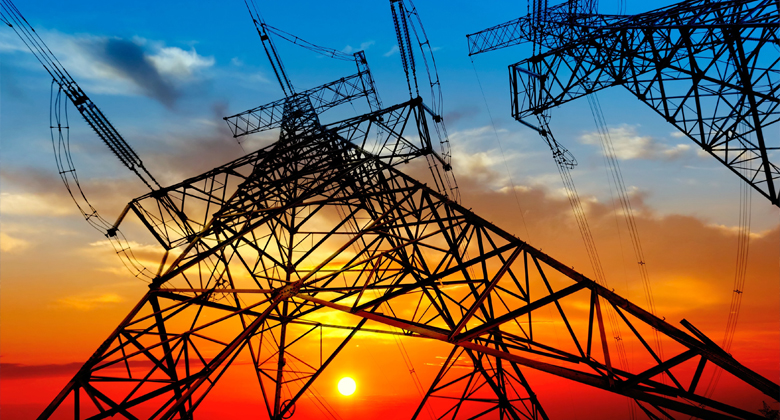- Main page
- Electric Power Engineering
The Second Stage of in the Development of Electric Power Engineering (1969-1991)
The independent electricity system of Azerbaijan was established in the 1970s.
In 1970, in the territory of the Nakhchivan Autonomous Republic, the Araz Water Junction and two hydroelectric power stations, each with a capacity of 22 MW, were built and put into operation on the Araz River.
In 1971-1972, the Sumgayit Thermal Power Station No. 2 was expanded and two new turbine units with a total capacity of 110 MW were put into operation. In 1973-1974, the installation of two turbine units, each with a capacity of 50 MW, was completed at Thermal Power Station No. 1.
In 1976-1977, the Tartar Water Junction and Tartar Hydroelectric Power Station, with a capacity of 22 MW, were put into operation on the Tartar River.
At the end of the 1970s, the total capacity of existing power plants had reached 2,882.4 MW, with 15.4 billion kWh of electricity being generated.
However, Azerbaijan was forced to import $2.9-3.5 billion kWh annually from neighbouring countries to meet its growing electricity demand. As a result, it was decided to build Shamkir Hydroelectric Power Plant and Azerbaijan State District Power Station. The construction of Shamkir Hydroelectric Power Plant, with a capacity of 380 MW, was completed in 1981-1982 and then put into operation. The construction of Azerbaijan State District Power Station began in 1974. The first power unit with a capacity of 300 MW was put into operation in 1981 and the last, the eighth one with the same capacity, in 1989. Currently, the capacity of the station is 2,400 MW. After these additions, the capacity of the energy system reached 5,000 MW.
In addition to the commissioning of power plants, power line systems and substations were also constructed.
In 1972, the capacity of Sumgayit Thermal Power Station No. 2 reached 220 MW.
In 1976-1977, Sarsang Reservoir and Sarsang Hydroelectric Power Station, with a capacity of 50 MW, were put into operation on the Tartar River to improve agriculture, to create a reservoir for the irrigation of fertile soils, to improve the electric power supply of the region and to reduce losses in energy transmission in Karabakh.
In the 1980s, all settlements in Azerbaijan gained electricity supply. During this period, along with the construction of power plants, the power grid was also systematically developed and a stable power system was created in the country.
In 1968-1971, Ali-Bayramli State District Power Station-Agdam-Ganja-Agstafa, with a capacity of 330 kV, Ali-Bayramli State District Power Station-Yashma Derbent high voltage power lines, and the substations Yashma, Ganja and Agstafa with respective capacities of 330, 110 and 20 kV were built and put into operation.
Construction of the Azerbaijan Thermal Power Station created a new stage in the development of the energy network of the country. The first and second Absheron Electric Transmission Line with a capacity of 500 kV, Muxranis-Vali Electric Transmission Line and the fourth and fifth Mingachevir Electric Transmission Lines were built.
In the 1980s, the Absheron substation, with the capacity of 500, 330 and 220 kV, Imishli substation with 330, 110 and 10 kV capacities and substations at Hovsan, Nizami, Mushfiq, Sangachal, Masalli, Agsu and Babek, all with capacities of 220, 110 and 10 kV were commissioned. In addition, the third Ali-Bayramli Electric Transmission Line, with a capacity of 330 kV, was put into operation.






